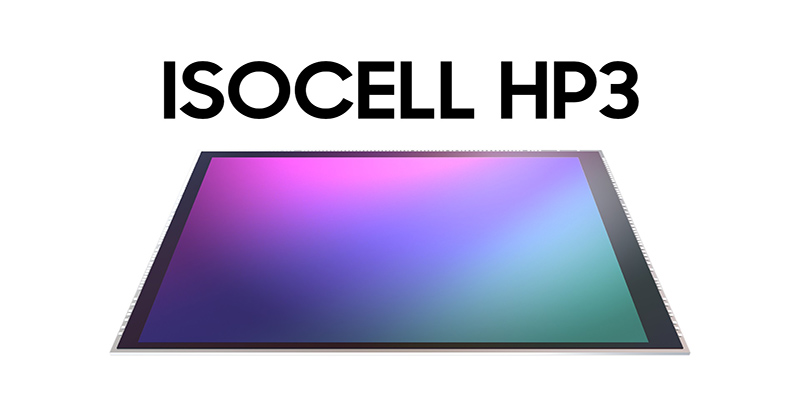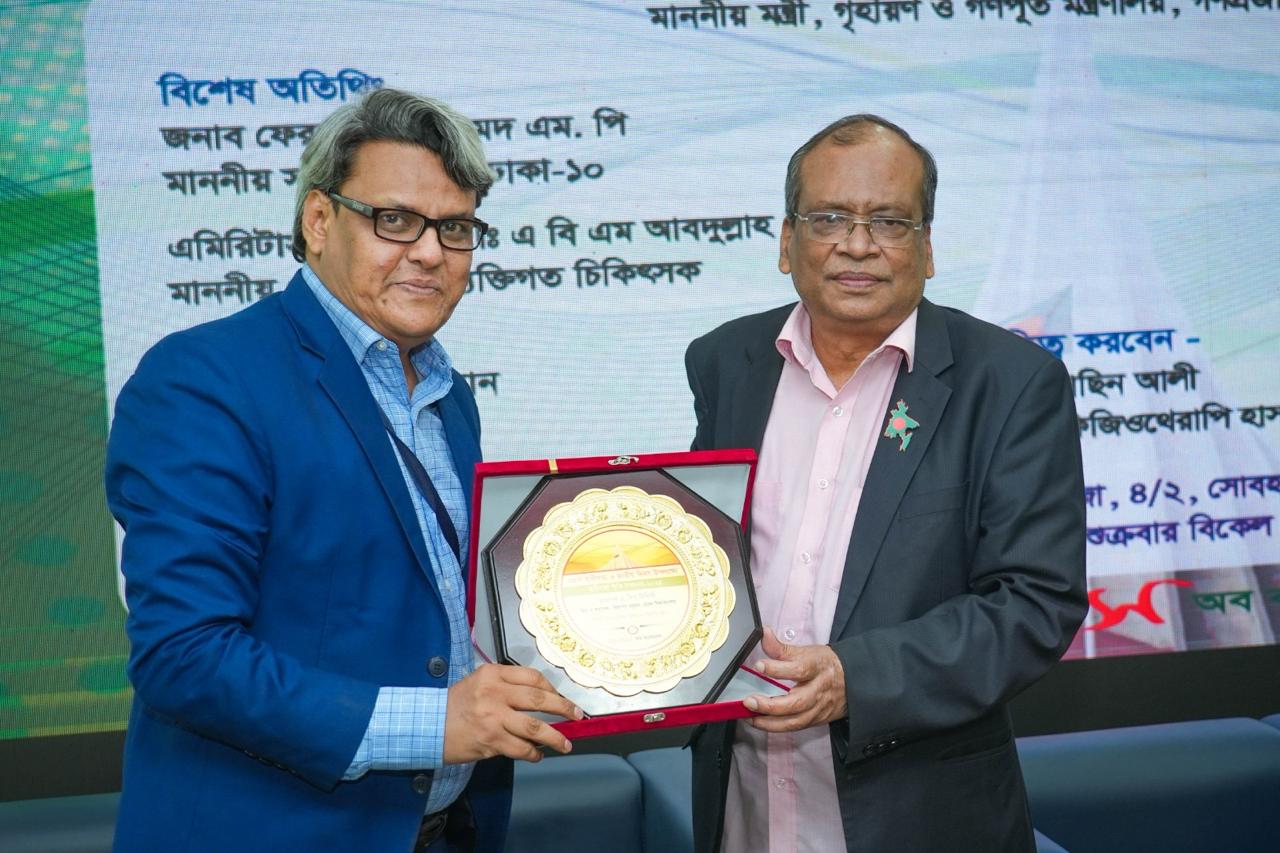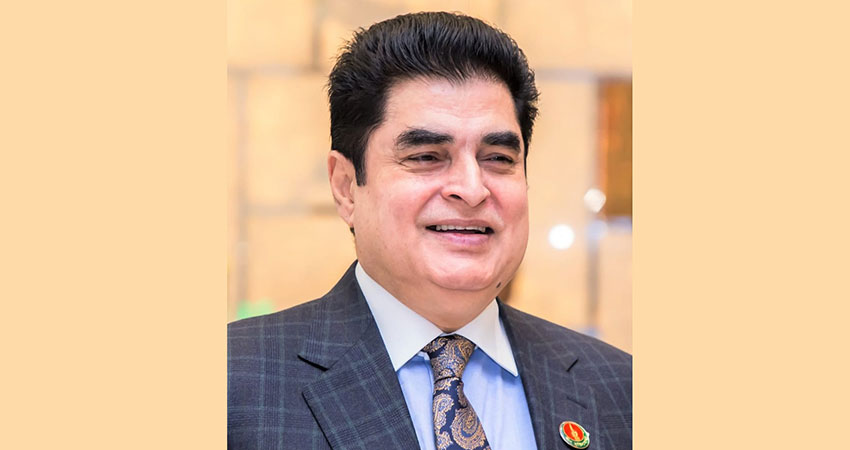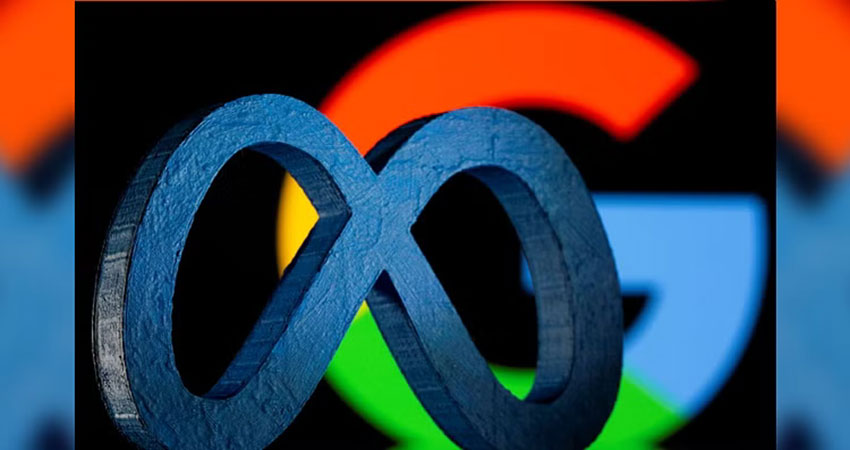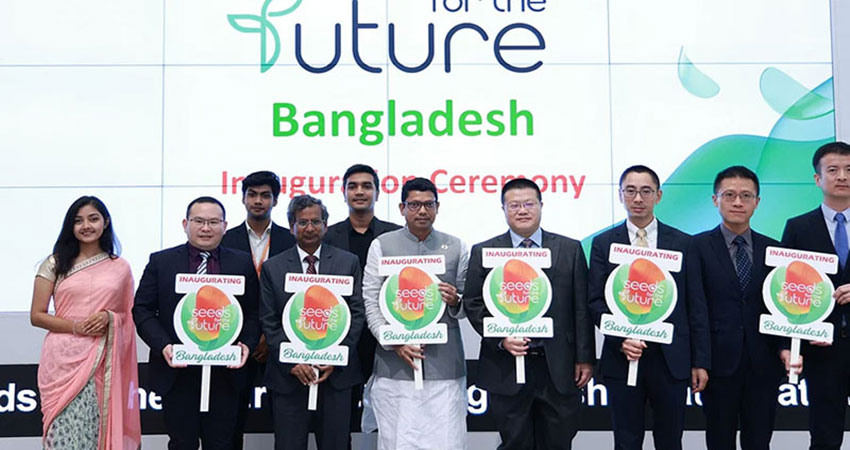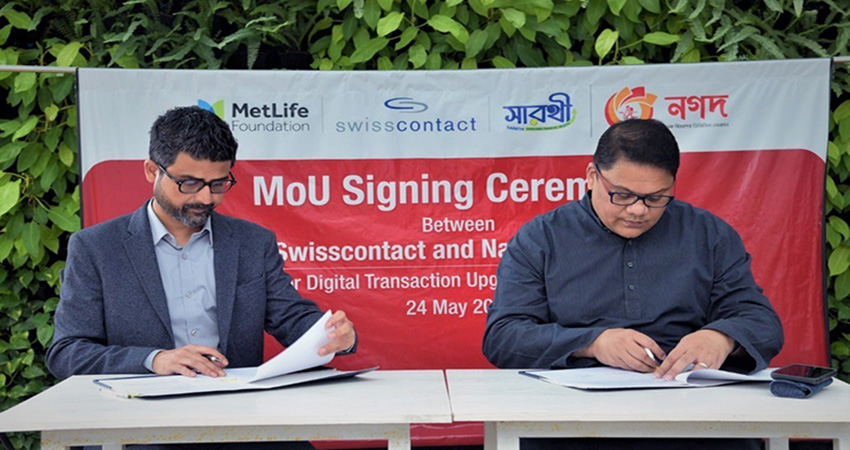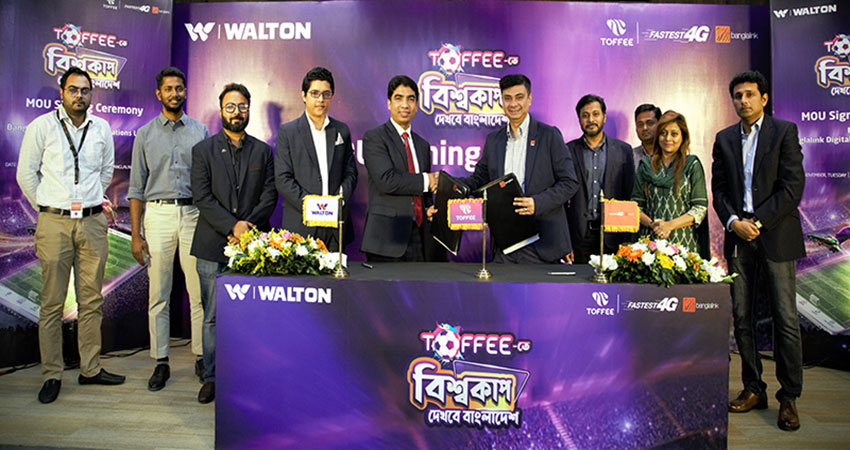Samsung has recently introduced its newest 200MP ISOCELL HP3 image sensor with the industry’s smallest 0.56-micrometer (μm)-pixels, enabling quicker and more accurate focus and a clear resolution for the entire area of the image captured.
Samsung has been leading the trend of next-generation, ultra-high-resolution camera development ever since its first 108MP image sensor roll-out in 2019. This year, with the ISOCELL HP3, Samsung is allowing a 12 percent smaller pixel size compared to the predecessor’s 0.64μm. The image sensor packs 200 million pixels in a 1/1.4” optical format, which is the diameter of the area that is captured through the camera lens. These factors mean that the ISOCELL HP3 can enable an approximately 20 percent reduction in camera module surface area, allowing smartphone manufacturers to keep their premium devices slim.
The ISOCELL HP3 comes with a Super QPD auto-focusing solution, meaning that all of the sensor’s pixels are equipped with auto-focusing capabilities. In addition, Super QPD uses a single lens over four-adjacent pixels to detect the phase differences in both horizontal and vertical directions. This paves the way for more accurate and faster auto-focusing for smartphone camera users. Moreover, this image sensor allows users to take videos in 8K at 30 frames-per-second (fps) or 4K at 120fps, with minimal loss in the field of view when taking 8K videos. Combined with the Super QPD solution, users can take movie-like cinematic footage with their mobile devices.
When it comes to low-light experience, the ISOCELL HP3 provides the ultimate solution. ISOCELL HP3 comprises Tetra2pixel technology that combines four pixels into one to transform the 0.56μm 200MP sensor into a 1.12μm 50MP sensor or a 12.5MP sensor with 2.24μm-pixels by combining 16 pixels into one. Owing to this technology, the sensor can simulate a large-sized pixel sensor to take brighter and more vibrant shots even in dimmed environments, like indoors or during the night.
Md. Muyeedur Rahman, Head of Mobile, Samsung Mobile, said, “Samsung, as a world leader in advanced semiconductor technology, has always led the image sensor market trend via the industry’s leading technologies. This time, yet again, Samsung has taken another leap toward developing outstanding resolution quality for users. Samsung will continue to lead the industry through the launch of new image sensors and advanced performances.”

